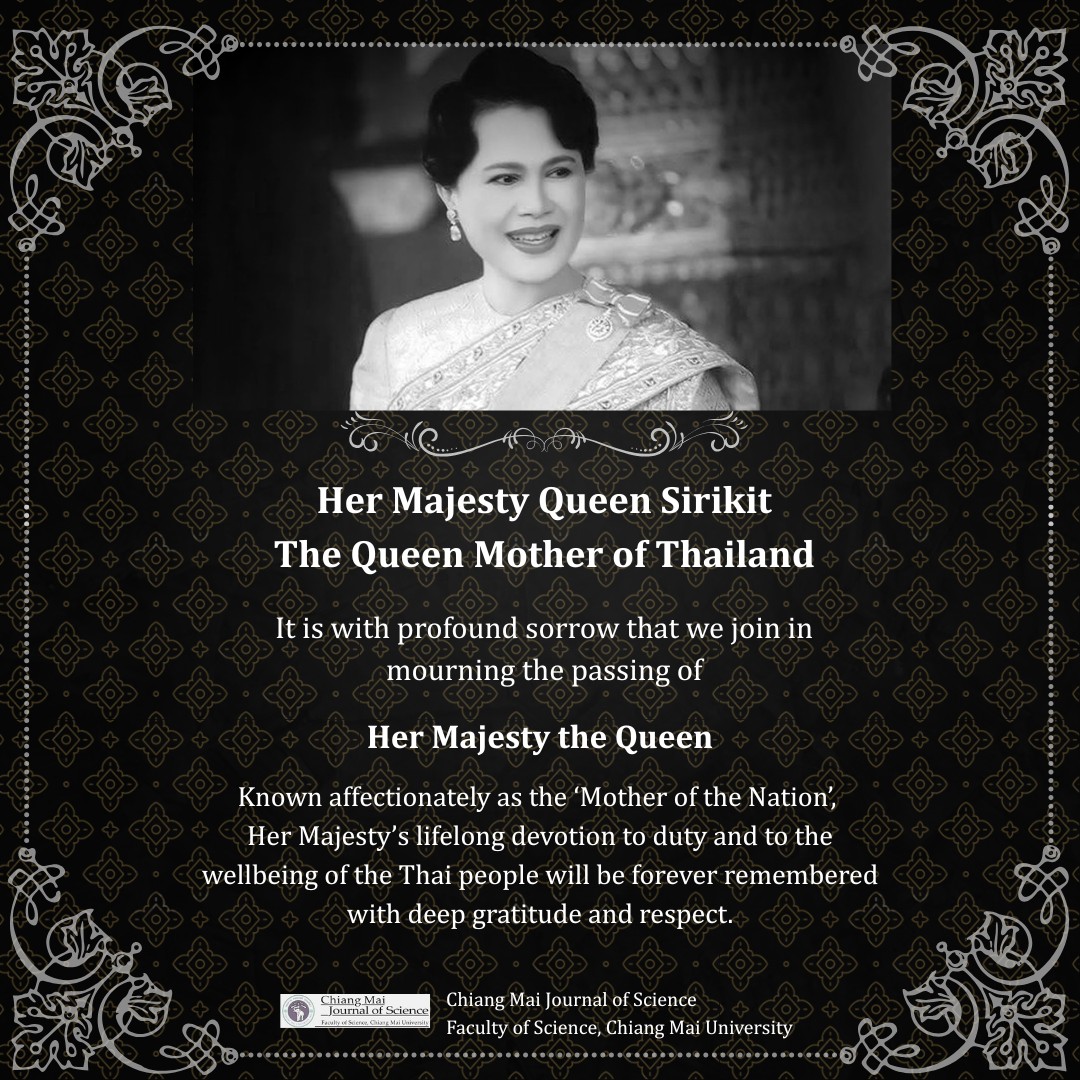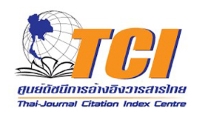JOURNAL DETAIL
Patterned Borosilicate Glass by a Simplified Flash Foam Stamping Technique as a Back Passivation Layer for Photovoltaic Structure
Paper Type |
Contributed Paper |
Title |
Patterned Borosilicate Glass by a Simplified Flash Foam Stamping Technique as a Back Passivation Layer for Photovoltaic Structure |
Author |
Kamonchanok Mekmork, Thipwan Fangsuwannarak*, Supanut Laohawiroj, Peerawoot Rattanawichai and Warakorn Limsiri |
Email |
thipwan@g.sut.ac.th |
|
Abstract: The rear surface passivation by a localized dielectric layer for high efficiency silicon solar cells
has significant advantages compared with the standard fully covered metal back-contact structure. In
this study, partial borosilicate glass (BSG) layer used as rear dielectric passivation of localized back
contacts was taken advantage for a local back surface fi eld (LBSF) solar cell, while typically it has been
removed after thermal diffusion process fi nished. A simplified flash foam stamping technique has been
initially exploited in the single-step process to pattern a localized back BSG passivation. These low
cost, simple technique and scalable process have to be considered promising in the high efficiency of
commercial solar cells. Acid stamp narrowly removes BSG in order to open the contact area between
metal and p-Si substrate. The aperture ratio of the BSG pattern is varied from 5 - 20%. The LBSF
solar cell with a localized back BSG passivation showed an increase in open voltage, fi ll factor and
power conversion efficiency by 4.88%, 1.43%, and 0.67%, respectively, compared to a sample without
LBSF layer. Therefore, this non-complex process using flash foam stamp is an alternative production
procedure to have co-operated effectively with solar cell industrial production for power efficiency
improvement. |
|
Start & End Page |
614 - 623 |
Received Date |
2019-07-26 |
Revised Date |
|
Accepted Date |
2020-02-04 |
Full Text |
Download |
Keyword |
borosilicate glass, passivation layer, local back surface fi eld, flash foam stamping, highefficiency silicon solar cell |
Volume |
Vol.47 No.4 (Special Issue II : July 2020) |
DOI |
|
Citation |
Mekmork K., Fangsuwannarak* T., Laohawiroj S., Rattanawichai P. and Limsiri W., Patterned Borosilicate Glass by a Simplified Flash Foam Stamping Technique as a Back Passivation Layer for Photovoltaic Structure, Chiang Mai Journal of Science, 2020; 47(4): 614-623. |
| View:1,228 Download:1,216 | |
RELATED ARTICLE
UV-vis Spectroscopic and Dielectric Properties of Bismuth Borosilicate Glasses Doped with Potassium Chromate
page: 1083 - 1090
Author:Jirapan Dutchaneephet, Pisutti Dararutana and Narin Sirikulrat*
Vol.44 No.3 (July 2017) View: 861 Download:609
page: 1083 - 1090
Author:Jirapan Dutchaneephet, Pisutti Dararutana and Narin Sirikulrat*
Vol.44 No.3 (July 2017) View: 861 Download:609
Adhesion of Borosilicate Glass and Fe-Ni-Co Alloy
Joined by Direct Fusion
page: 191 - 202
Author:Waraporn Piyavit [a], Chutimun Chanmuang [a], Manat Jaimasit [b], Warrapong Thiemsorn [b], Akadech
Vol.33 No.2 (MAY 2006) View: 850 Download:201
page: 191 - 202
Author:Waraporn Piyavit [a], Chutimun Chanmuang [a], Manat Jaimasit [b], Warrapong Thiemsorn [b], Akadech
Vol.33 No.2 (MAY 2006) View: 850 Download:201
A Microscopical Investigation of the Interface Between Borosilicate Glass and Fe-Ni-Co Alloy Joined by Direct Fusion of Glass to Metal
page: 15 - 19
Author:Torranin Chairuangsri*[a], Manat Jaimasith [a], Worapong Thiemsorn [a] and John T.H. Pearce [b] and John T. H. Pearce [b]
Vol.29 No.1 (APRIL 2002) View: 859 Download:264
page: 15 - 19
Author:Torranin Chairuangsri*[a], Manat Jaimasith [a], Worapong Thiemsorn [a] and John T.H. Pearce [b] and John T. H. Pearce [b]
Vol.29 No.1 (APRIL 2002) View: 859 Download:264
Copyrights © Since 2021 All Rights Reserved by Chiang Mai Journal of Science










